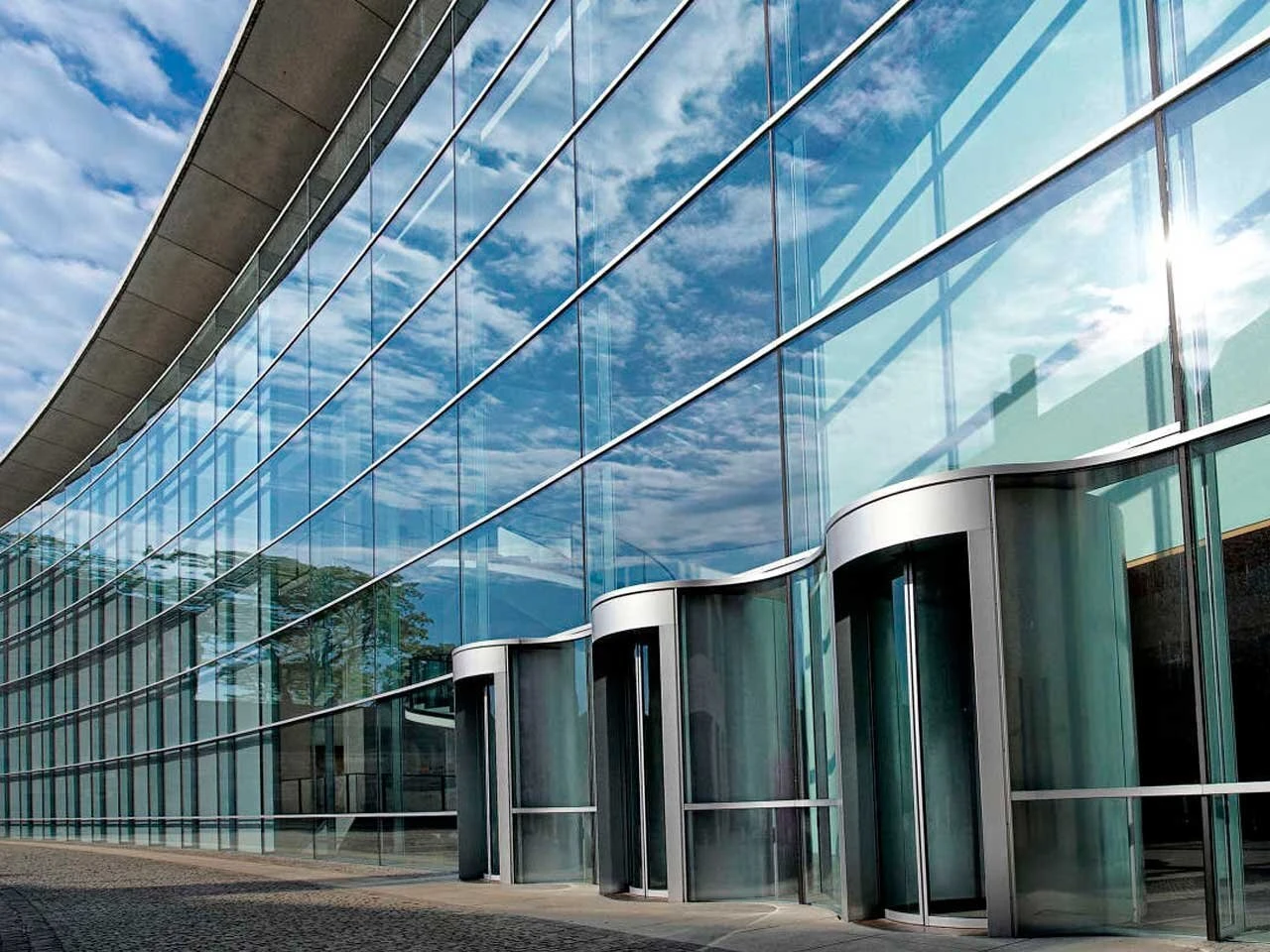

Reflective Glass A Marvel of Modern Material Science
Reflective glass, a fascinating material that combines aesthetics with functionality, has gained significant recognition in various fields, from architecture to automotive design. This innovative glass has been engineered to reflect light while allowing for visibility and interaction with the environment. In this article, we'll explore the properties, uses, and advantages of reflective glass, shedding light on its impact on contemporary design and sustainability.
Properties of Reflective Glass
Reflective glass is produced by applying a thin metallic coating to standard glass. This coating can be made from various materials, including silver, aluminum, or other metals, which enhance the glass’s ability to mirror its surroundings. The key feature of reflective glass is its ability to reflect a substantial portion of incident light, thereby reducing glare and heat gain within buildings.
The level of reflectivity can be adjusted during the manufacturing process by varying the thickness and type of the coating. This allows architects and designers to create different visual effects and energy performance levels depending on the specific needs of a project. Additionally, reflective glass can be produced in various colors and finishes, thus providing a versatile tool for creative design.
Applications in Architecture
In architecture, reflective glass has become a preferred material for modern buildings, particularly skyscrapers and office towers. Its ability to reflect sunlight not only enhances the visual appeal of a building but also contributes to energy efficiency. By minimizing heat absorption, reflective glass can significantly reduce the need for air conditioning, leading to lower energy consumption and reduced operational costs.
Moreover, buildings with large glass facades create a seamless connection between the interior and exterior environments. Reflective glass offers privacy for occupants while maintaining daylighting and views. The mirrored effect also allows buildings to harmonize with their surroundings, making them a striking addition to urban landscapes.
Automotive Industry Uses

The automotive industry has also embraced reflective glass, particularly in the manufacture of windshields and side windows. Car manufacturers use reflective glass to enhance driver and passenger comfort by reducing glare from the sun and improving visibility. Additionally, reflective coatings can improve the thermal performance of vehicles, reducing interior heat buildup and consequently decreasing the demand for air conditioning.
Benefits for Sustainability
One of the most compelling advantages of reflective glass is its contribution to sustainability. By optimizing energy efficiency in buildings and vehicles, reflective glass plays a pivotal role in reducing carbon footprints. Buildings equipped with high-performance reflective glass panels often qualify for green building certifications, such as LEED (Leadership in Energy and Environmental Design), due to their lower energy consumption and superior thermal performance.
Furthermore, the development of advanced reflective glass technologies incorporates eco-friendly manufacturing processes and materials. Innovations in glass recycling also increase the sustainability of reflective glass, promoting a circular economy and reducing waste.
Conclusion
Reflective glass is a testament to the advancements in material science and design engineering. Its unique properties offer countless possibilities in various industries, particularly in architecture and automotive design. By combining aesthetic appeal with functionality, reflective glass enhances our built environment while promoting energy efficiency and sustainability.
As we continue to seek innovative solutions to urban challenges and climate change, reflective glass will undoubtedly remain a prominent material in the evolution of modern design. Whether creating stunning skyscrapers that reflect the skyline or enhancing the comfort of vehicles, reflective glass embodies the ideal fusion of form and function, paving the way for a brighter and more sustainable future.
In conclusion, the rise of reflective glass marks a significant step forward in our approach to design and resource management, reflecting not just our surroundings but also our commitment to a sustainable world.